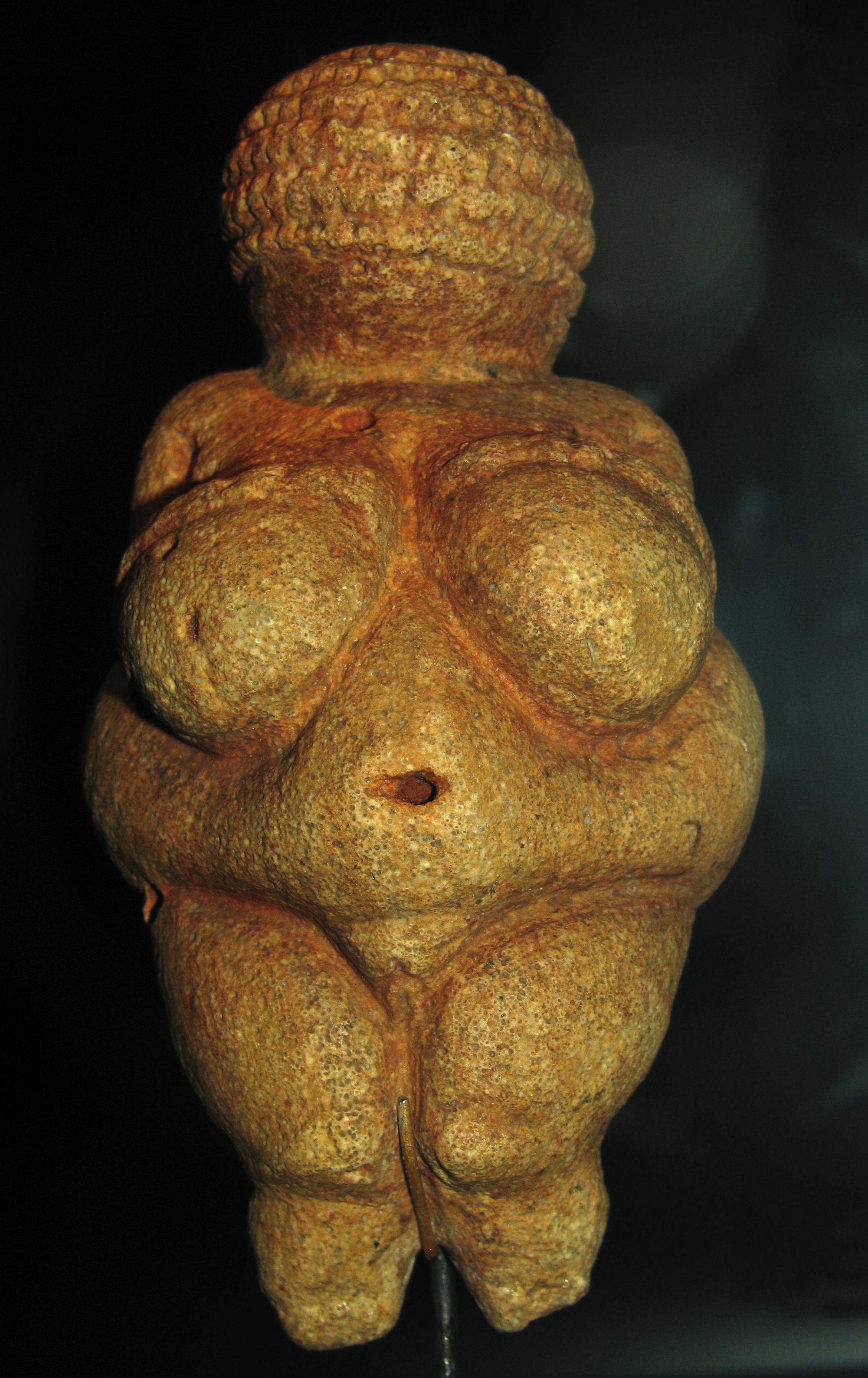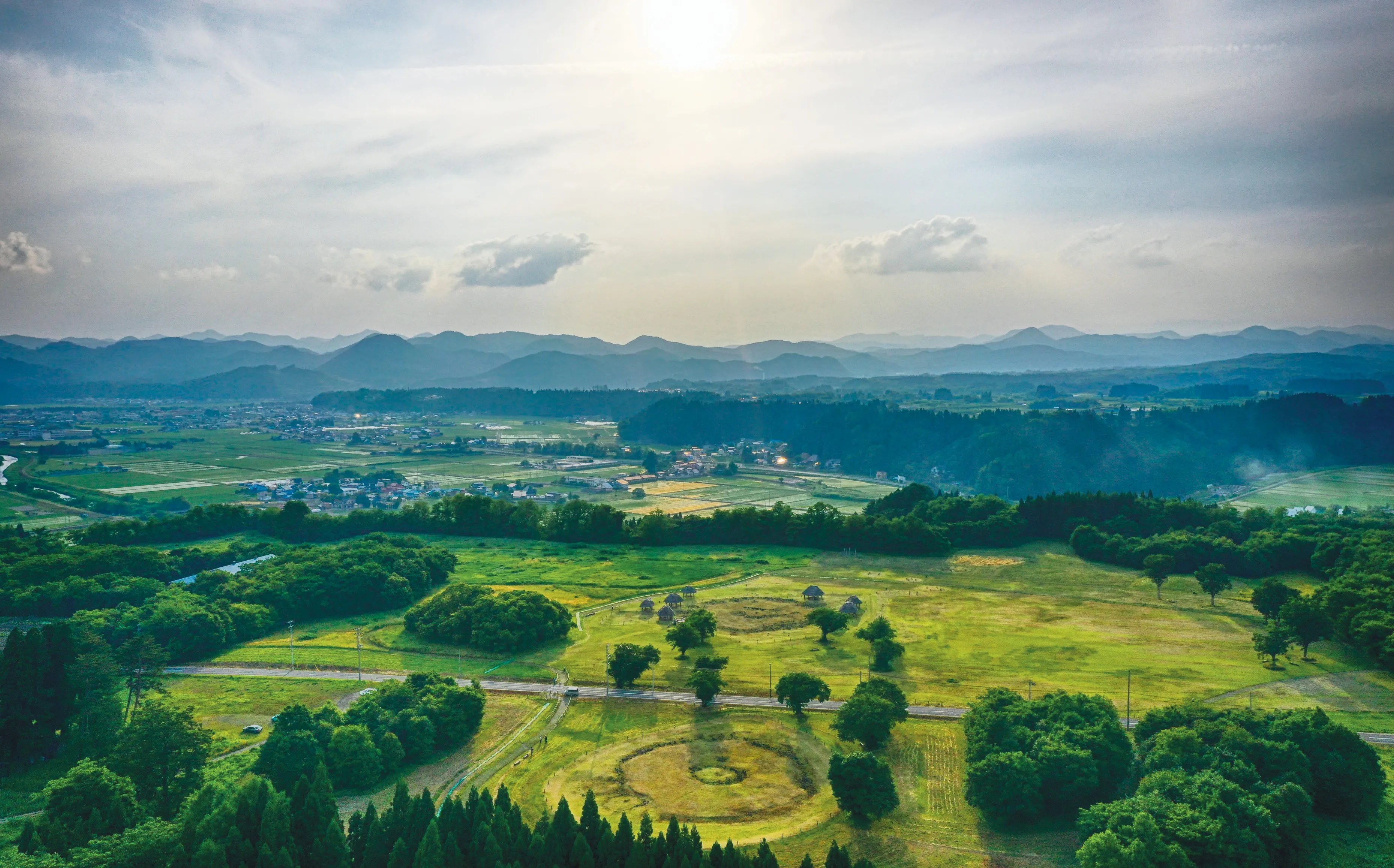Chad
The Living Force
Does it also imply that they didn't experience violent events too? ALso, are these the 'true Japanese' - who have beards and different cultural styles of dress etc...? (i'll look for the name later) Because apparently the current Japanese are maybe from the mainland? I don't know myself.
The artifacts discovered during that period - not mentioned in the artcle - are very interesting, i think. Do they remind me of the Venus of Willendorf? I'll check that too. Perhaps this supports the idea of a new world, violence free, and that it is possible.
Apparently they named the figure Jomon Venus.
The artifacts discovered during that period - not mentioned in the artcle - are very interesting, i think. Do they remind me of the Venus of Willendorf? I'll check that too. Perhaps this supports the idea of a new world, violence free, and that it is possible.
Study of ancient Japanese hunter-gatherers suggests warfare not inherent in human nature
March 30, 2016 by Bob Yirka report
(Phys.org)—A team of Japanese researchers (and one from the U.K.) has found evidence in the remains of ancient Japanese people that suggests that people are not necessarily predisposed to living a violent existence or even to engaging in warfare. In their paper published in the Royal Society journal Biology Letters, the team describes their analysis of the remains of people that lived during the Jomon period (from 13,000 – 800 BC) in what is now Japan, which showed very little evidence of violent behavior or death.
In recent years, scientists have found evidence of many hunter-gatherer groups that behaved in a violent manner, sometimes even banding together to wage war on other people or groups. That has led to more evidence of the common assumption that humans are inherently violent and that war has generally been the result when two or more groups have different ideas of how things should be done. In this new effort, the researchers suggest such findings might be premature as they have found an example of an early hunter-gatherer culture that did not appear to wage war or even behave in a violent manner.
The teams' study consisted of analyzing the remains of approximately 2,500 people that lived in Japan during the Jomon period, looking for examples of violence, e.g. broken or damaged bones. The team reports that they found evidence of violence in just 1.8 percent of all the adult bones represented and in just 0.89 percent of the population as a whole. A very low number compared to the 12 to 14 percent seen in other hunter-gatherer populations of around the same time period (which strongly suggested a violent existence). This, the researchers claim, suggests that the people of that time lived peacefully among themselves and did not conduct war against others that might have lived nearby. And that, they add, suggests that humans may not be quite as predisposed to violence as others have suggested, which counters other arguments that it was warfare that led people to band together into groups forming communities that allowed for the promotion of intra-group altruism and even more advanced warfare against other such groups—a selective from of evolutionary behavior.
Explore further: New genetic evidence resolves origins of modern Japanese
More information: Hisashi Nakao et al. Violence in the prehistoric period of Japan: the spatio-temporal pattern of skeletal evidence for violence in the Jomon period, Biology Letters (2016). DOI: 10.1098/rsbl.2016.0028
Abstract
Whether man is predisposed to lethal violence, ranging from homicide to warfare, and how that may have impacted human evolution, are among the most controversial topics of debate on human evolution. Although recent studies on the evolution of warfare have been based on various archaeological and ethnographic data, they have reported mixed results: it is unclear whether or not warfare among prehistoric hunter–gatherers was common enough to be a component of human nature and a selective pressure for the evolution of human behaviour. This paper reports the mortality attributable to violence, and the spatio-temporal pattern of violence thus shown among ancient hunter–gatherers using skeletal evidence in prehistoric Japan (the Jomon period: 13 000 cal BC–800 cal BC). Our results suggest that the mortality due to violence was low and spatio-temporally highly restricted in the Jomon period, which implies that violence including warfare in prehistoric Japan was not common.
Journal reference: Biology Letters search and more info website
11 shares
feedback feedback to editors
Read more at: http://phys.org/news/2016-03-ancient-japanese-hunter-gatherers-warfare-inherent.html#jCp
Apparently they named the figure Jomon Venus.
Jomon Venus

A different artifact from the era.

Dogu were found all over Japan with northern Japan Dogu first appeared in early Jomon but began to flourish in Middle Jomon through Late Jomon., the Tohoku region, yielding the most variety. (For a timeline outlining the development of Japanese pottery, please click here.) Many of them have the distinctive Jomon rope-cord patterns while others have been intricately carved with arabesque-like designs. Some in outer-space garb are known as the "goggles type" and no explanation is needed for that naming. Whatever the markings, they are all eerily moving and can't help but spark one's imagination in wondering about life so many thousand of years ago, and the miracle it is today.
As Joseph Campbell once wrote: "Take, for example, a pencil, ashtray, anything, and holding it before you in both hands (in this case looking at dogu), regard it for awhile. Forgetting its name and use, yet continuing to regard it, ask yourself seriously, What is it? Its dimension of wonder opens, for the mystery of the being of that thing is identical with the mystery of the being of the universe, and yourself."
_http://www.e-yakimono.net/html/jomon-dogu.html
Added: The Venus of Willendorf

